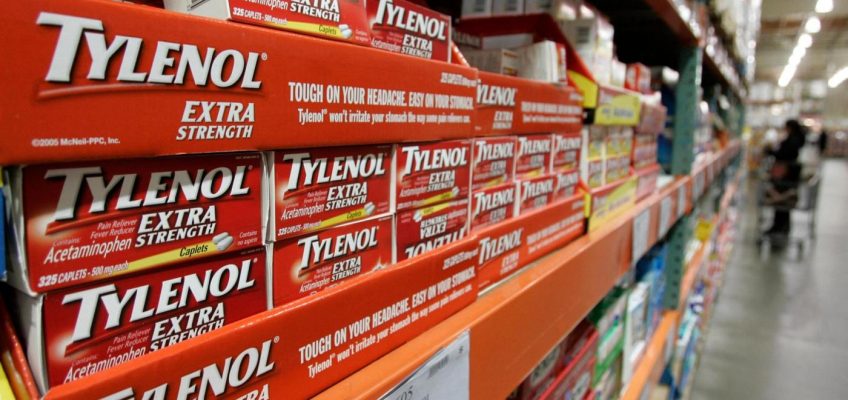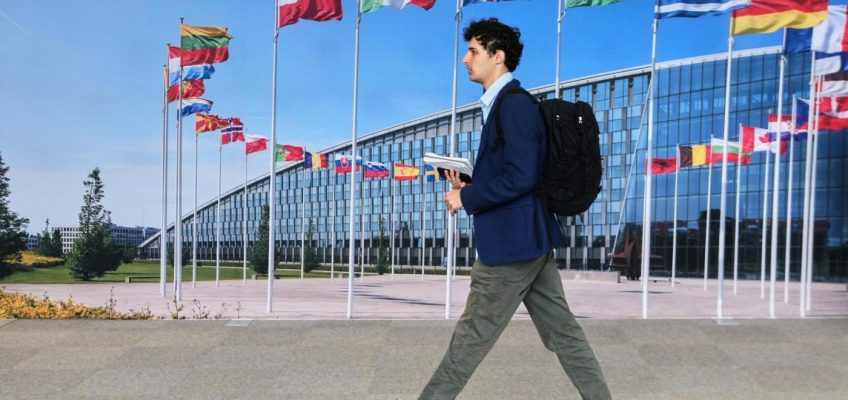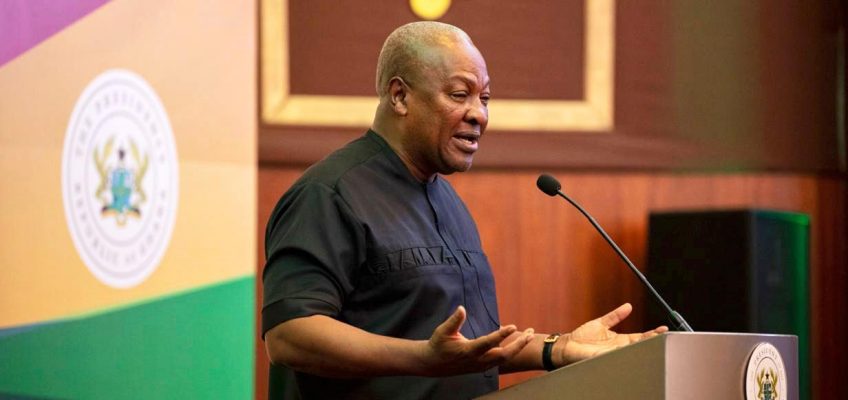Imagine your most cherished political figure was also your cultural north star and pastoral life coach. Now imagine he was felled by an assassin’s bullet. Then imagine there were millions of you.
That explains the tens of thousands of people, including President Donald Trump and the highest-ranking officials of the U.S. government, packing a football stadium Sunday to eulogize conservative activist Charlie Kirk. Trump, Vice President JD Vance; Mike Johnson, speaker of the House of Representatives; several Cabinet officials and Republican members of Congress — many had a genuine affection for Kirk. But even if not, they still would have attended, such was the admiration and reverence Kirk commanded across not only the GOP and Trump’s MAGA base, but across the broader conservative movement.
“Our whole administration is here. But not just because we loved Charlie as a friend, even though we did, but because we know we wouldn’t be here without him,” Vance said during his address. “Charlie built an organization that reshaped the balance of our politics.” The vice president was referring to Turning Point USA, a group advocating for Trump and conservative values on college campuses that Republicans credit for the president’s significantly improved performance with Generation Z voters in the 2024 campaign, especially his win over Democratic nominee Kamala Harris among young men ages 18-29.
The hours-long event, televised and streamed from suburban Phoenix’s State Farm Stadium, home of the National Football League’s Arizona Cardinals, was part memorial service for Kirk; part Christian tent revival; and part Trump campaign rally. It was, on the one hand, appropriately restrained and reflective of Kirk’s deep Christian faith, yet on the other hand, lacking the sort of stirring appeal to national unity expected of a gathering to mark a loss so national in nature — with the exception of the touching eulogy delivered by Kirk’s widow, Erika Kirk.
The prominent Republicans who paid tribute to Kirk generally focused their remarks on what he meant to them personally — and to the country. They were awestruck by his enthusiasm for encouraging young Americans to put their faith in Jesus Christ. As Secretary of Defense Pete Hegseth said, Kirk pushed for conservative policies in government “with more vigor than anyone I’ve ever met,” adding: “What Charlie understood and infused into his movement is, we also need a lot more God.”
They extolled his effectiveness at debating liberals on college campuses, a hallmark of the Turning Point USA strategy to turn Generation Z voters into conservatives, with Secretary of State Marco Rubio noting that Kirk sought to spar with people he disagreed with rather than cloister himself in the confines of conservative institutions.
As usual, Trump veered off script at times, overshadowing an otherwise heartfelt and touching eulogy from a politician not prone to public displays of emotion.
President Donald Trump embraces Erika Kirk at a memorial for conservative activist Charlie Kirk, Sunday, Sept. 21, 2025, at State Farm Stadium in Glendale, Ariz. (AP Photo/John Locher)
Among several typically provocative Trump rally applause lines, he mocked former President Joe Biden; bragged about his latest accomplishments; and claimed yet again that his 2020 loss was illegitimate. But even Trump seemed to recognize that his usual schtick was not what Kirk might have wanted in the moment. “He did not hate his opponents; he wanted to the best for them. That’s where I disagreed with Charlie. I hate my opponent, and I don’t want the best for them,” the president said. “Charlie’s angry looking down — he’s angry at me now.”
Periodically, various speakers would invoke anger with the Democratic Party and grassroots liberals, whom many Republicans, in their grief, hold responsible for Kirk’s murder. “We will never ever let the left, the media or the Democrats forget the name of Charlie Kirk,” said Jack Posobiec, senior editor of Human Events, a conservative political journal. “We will overcome their evil.”
Hot words. Indeed, there were few exhortations from the roster of speakers at Kirk’s memorial to reduce the temperature in American politics or show more tolerance for all sides, right, left and center.
Erika Kirk, the wife and mother who lost a husband and the father of her two young children, was the outlier. Despite having the most justification to harbor anger and resentment, the tearful and still openly grieving widow declined to demand government regulations against so-called hate speech, and instead affirmed her commitment to the First Amendment, something some Republicans are reconsidering in the wake of Charlie Kirk’s murder.
“Yes, campus events will continue,” said Erika Kirk, who the Turning Point USA board appointed to succeed her late husband as chief executive officer. “The First Amendment of our Constitution is the most human amendment. We are now, truly, talking beings, naturally believing beings. And the First Amendment protects our right to do both. No assassin will ever stop us from standing up to defend those rights.” Erika Kirk then did something remarkable. “That man, that young man: I forgive him,” she said.
Hopefully people in Washington, and elsewhere, were listening.
David M. Drucker is columnist covering politics and policy. He is also a senior writer for The Dispatch and the author of “In Trump’s Shadow: The Battle for 2024 and the Future of the GOP.”
David Brooks: The era of dark passions is unleashed
David M. Drucker: Trump is not as unpopular as his opponents think
Lynn Schmidt: Presidential incapacity and the limits of the 25th Amendment
Bret Stephens: Our vanishing culture of argument
Stephen L. Carter: Presidents can’t sue their way out of criticism




